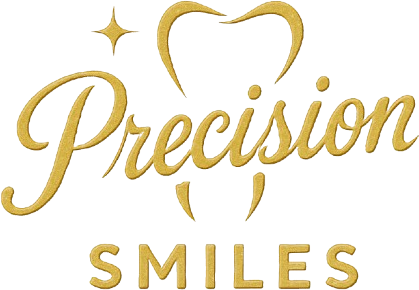Difference Between Caps and Crowns and Do General Dentists Do Both?

When visiting general dentists, the mention of caps and crowns may be among the dental jargon that make people hesitate to receive treatment. Some of this hesitation may be due to confusion about what these treatments are. In fact, they refer to the same thing. “Cap” is a less formal word whereas “crown” is the more proper and technical term most often used by dentists, but either can be used interchangeably to describe an artificial cover placed over a tooth or dental structure.
What are crowns used for and how are they applied?
The part of the tooth that is replaced by a cap is also called a crown, so the name just makes sense. Regardless of the name used for this dental procedure, it can help fix a variety of dental issues:
•Restoring a broken or damaged tooth to its proper shape and size
•Protecting weak and fragile teeth from damage
•Replacing the part of the tooth that must be removed during a root canal
•Restoring strength and appearance to teeth with very large fillings
Crowns can also be used to make a bridge: a string of two or more crowns attached to a metal structure and used to replace two or three missing teeth
How is a tooth prepared for a crown?
A tooth meant to receive a crown must first be properly prepared. This means all decay including cavities, failed fillings and other foreign material must be removed. Repair begins by drilling and scraping away the undesirable elements and broken or cracked bits of tooth. If possible, if the damage has not affected the pith of the tooth, a filling may be used to help prepare the remaining tooth to receive a crown.
Is a root canal always necessary?
Although not always the case, if a root has died or is deeply infected, then general dentists usually find it appropriate to remove the root and replace it with a post screwed into the jaw to firmly hold the crown in place. Following the prep work, a permanent crown is made by taking molds of the area so that a lab can fashion a crown that will fit properly. A temporary crown can then be cemented into place to keep air and food particles from irritating or further decaying the tooth while the permanent crown is being made.
How long does it take to get a cap or crown?
On a subsequent visit, usually a couple of weeks later, the temporary cap is removed and the new permanent crown cemented in place. The dentist then makes adjustments by drilling off any high spots or areas where the cap fits too tightly against another tooth. The final fit should be snugly down against the gum line and blend in with surrounding natural teeth, with no knocking against the upper teeth when chewing.
Conclusion:
Knowing that there is no difference between caps and crowns may help alleviate any doubt about choosing the correct treatment. With the help of general dentists, many people are able to enjoy sound restorations of damaged or lost teeth.
Are you considering general dentists in the Hackensack area? Get more information at https://precisionsmiles.net.
Check out what others are saying about our services on Yelp: Read our Yelp reviews.
Related Posts
Root canal treatment is often the last course of action to save teeth that have been severely damaged or infected. A tooth might become damaged due to trauma to the face or tooth decay destroying its structures.The procedure has a bad reputation as one of the most painful treatments performed by dentists, but patients usually…
Root canal treatment is often the best (or only) way to deal with an abscessed tooth that results from a tooth infection. This review discusses the role root canal treatment plays in treating an abscessed tooth and what you can expect throughout the diagnostic and treatment processes.An abscessed tooth can affect one’s ability to function…
Proper dental care is important for the overall health of your entire family. Routine oral care from a family dentist can have an impact not just on the appearance of your teeth and gums, but on their function as well. Dental health can also affect many systems of the body and should be prioritized to…
Root canal treatment might be recommended if you have a damaged, decayed, or infected tooth. The procedure is usually recommended when the damage to a tooth leaves its pulp chamber compromised. This is the sealed-off, innermost layer of a tooth that houses its blood vessels and nerves. The pulp chamber of a tooth being opened…

